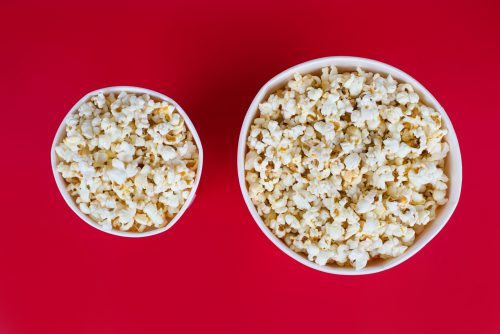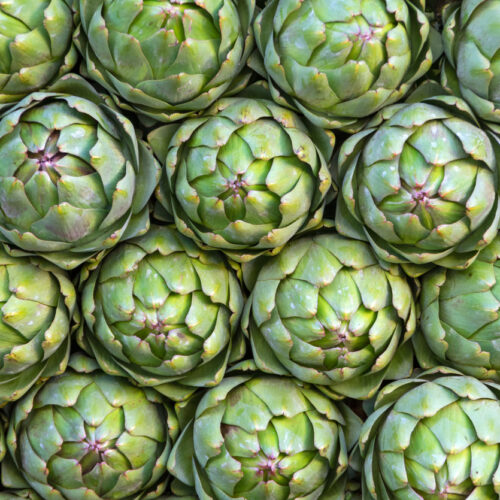
Your challenge: Downsize your plates and glasses!
Do you sometimes eat more than you need? You are not alone. We eat for many reasons, but not all of them have to do with actually being hungry! We eat when we are bored, stressed, tired; or just because food is there or someone offers something and it feels too rude to say no. And, we’ve all heard these excuses: ‘I’ll have two of those, if the second one’s free’; and ‘it would be a shame to waste it, now that you’ve made it!’.
The size of the plates and bowls we are eating from can also affect how much we end up eating. The same goes for glasses – the bigger they are the more you are likely to pour in.
In the last 40 years, our places have increased dramatically in size, they are now somewhere between 20 and 30 per cent bigger than they used to be, which means, without thinking about it, you can eat 20 to 30 per cent more than you need.
Even when it’s ‘healthy food’, eating more, overall, than you need will have consequences. So, this month, make an easy switch and use smaller plates, bowls and glasses.
Check out this video with some top tips about downsizing your plate.
Read here to learn six ways to practice portion control.
Make it happen
- Swap your dinner plate to a smaller plate
- Aim to get the balance on your plate right – ½ veggies, ¼ protein, ¼ carbs. Here is advice on how get the perfect plate.
- Start eating mindfully, sit down and eat without distractions
- Swap your breakfast bowl to a smaller bowl
- Use smaller glasses for wine
- Use large glasses for water
- Serve alcoholic drinks in taller, narrow glasses
- Try eating with chopsticks to slow yourself down, or try eating with your non-dominant hand
- Place a small number of snacks in a bowl instead of grazing from bags or boxes
- Freeze tempting treats such as brownies
Other tips to help
- Plan your meals in advance: Planning healthy meals before doing your weekly shop helps fortify you against the powers of the junk food displays
- Organise your kitchen and place healthy treats where they are easy to reach and treat foods where they are hard to get to – out of sight, out of mind.
Article sources and references
- US National Library of Medicine | National Institute of Healthhttps://www.ncbi.nlm.nih.gov/pmc/articles/PMC5575591/
- NIH | National Library of Medicinehttps://pubmed.ncbi.nlm.nih.gov/19912675/
- World Health Organizationhttps://www.who.int/elena/bbc/portion_childhood_obesity/en/
- Institute of Food Science and Technologyhttps://www.ifst.org/resources/information-statements/psychology-food-intake-and-portion-control
- US National Library of Medicine | National Institute of Healthhttps://www.ncbi.nlm.nih.gov/pmc/articles/PMC3095143/
- US National Library of Medicine | National Institute of Healthhttps://www.ncbi.nlm.nih.gov/pmc/articles/PMC6088523/
www.healthyfood.com










